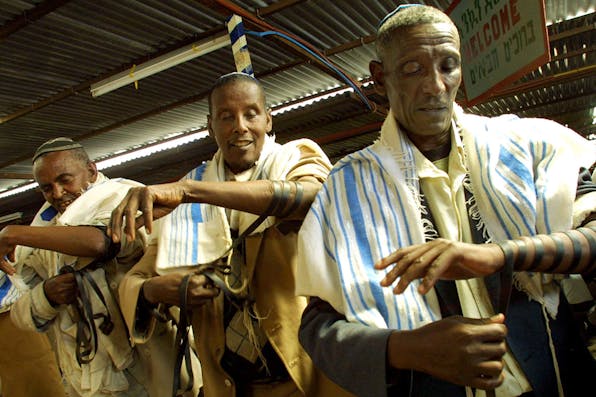
November 11, 2019
Jews Wanting to Draw Others Closer to Judaism Should Ask Themselves Why
It’s all very well to be excited by the prospect of millions of new Jews. It’s something else to grasp that each already has a life that stands to be changed forever.
In his Mosaic essay “The Restoration of the Jewish People,” Ofir Haivry has concisely summarized the range of wholly Jewish, partly Jewish, marginally Jewish, and newly Jewish existence in our contemporary world. The picture he paints is one of a bewildering variety, although to say that it is “unprecedented in Jewish history, . . . certainly at any time since the destruction of the Temple some 2,000 years ago” is pushing things a bit too far back in time.
Actually, it was during the several centuries after the Temple’s destruction that Jewish life in antiquity was at its most wildly pluralistic. This pluralism was ended by the rise to complete dominance of a rabbinically regulated halakhic Judaism—and it was the waning of this dominance in modern times that made room for the proliferating expressions of Jewishness that we encounter today.
Haivry and the committee of the Israeli Ministry for Diaspora Affairs chaired by him have posed the sensible question: what are we (that is, we Jews both singly and collectively) to do about these expressions of Jewishness—and, especially, about those involving non-Jews with rediscovered Jewish roots or with newfound feelings of affinity for Judaism and/or the Jewish people?


